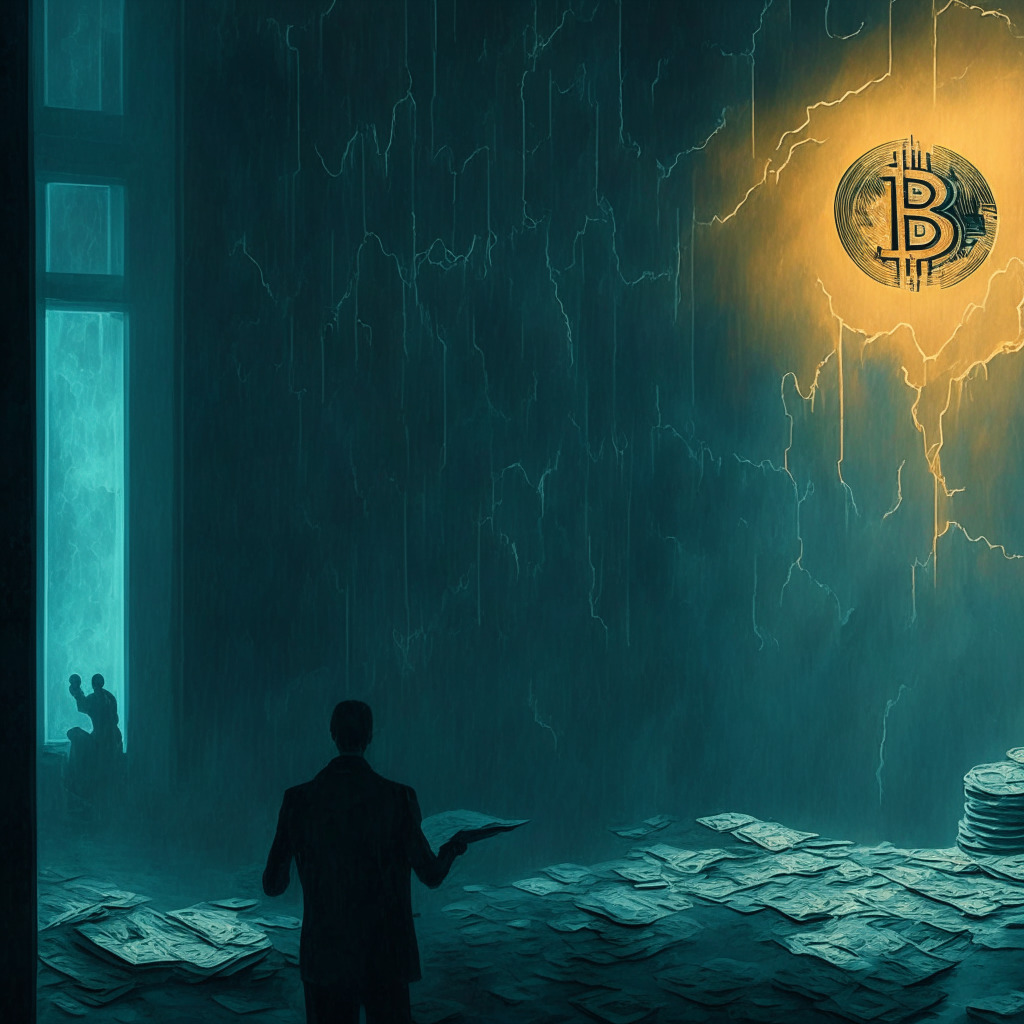The recent collapse of First Republic Bank, the second-largest bank failure in US history and the fourth bank to fail this year, has raised concerns about potential repercussions on both the US and international economies. While President Joe Biden reassures the public that the banking system is safe, analysts say that the string of bank failures could indicate systemic weaknesses within the US banking sector.
An investment manager at a Beijing bank suggests that the takeover of First Republic Bank might lead to more banks failing in a future liquidity crunch, revealing that the problem might be more severe than initially predicted. Conversely, Jamie Dimon, CEO of JPMorgan, the bank that took over First Republic, believes that this “part of the crisis is over.” However, some American analysts, like Tomasz Piskorski from Columbia Business School, feel that other banks could still be at risk, perhaps with around 200 smaller banks potentially facing failure.
Critics of the US Federal Reserve argue that the central bank’s hawkish policies, which include a consistent increase in interest rates to curb inflation, contributed to these bank failures. Piskorski explains that hundreds of banks are now experiencing asset market values lower than the face value of their debt, largely due to the Fed’s interest rate hikes.
Gao Lingyun from the Chinese Academy of Social Sciences posits that these rate hikes could create a dilemma for the US government. On the one hand, raising interest rates is necessary to reduce inflation; however, doing so negatively impacts the value of loans made at lower rates, leading to an increased risk of default. As a result, this situation could contribute to a future recession and further bank failures in other countries. This dilemma highlights the delicate balance governments and central banks need to maintain between inflation control and a stable financial sector.
The case of First Republic Bank collapse sparks a conversation about the possible implications of such an event on the global economy. With speculations of ongoing systemic weaknesses in the US banking system, the future may see more bank failures and potential downturns in the economy. As the debate about the stability of the US banking sector unravels, the potential repercussions of bank failures such as First Republic’s case continue to resonate across international markets.
Source: news.bitcoin.com




